We encounter various targeted messages each day ranging from our emails, Youtube pop-ups or on our social media feed.
While some of these draw our attention, others often go unnoticed, blending with the rest of the content and registering at a subconscious level.
Regardless of whether we notice the message, this smart targeting technique has the aim of creating a purposeful journey on eCommerce sites, improving the chances of a successful purchase.
Below we discuss ways you can implement targeted messages throughout the customer journey.
The importance of eCommerce customer segmentation
Targeted messaging can come in many forms, whether it be an email campaign, chat bot message or simply a tagline.
But in order to be effective, you need the message to be relevant and aimed at the appropriate customer. This is where segmentation comes into play.
Customer segmentation involves grouping a company's target audience into groups with similar characteristics.
Often, these are demographic characteristics such as age, gender or location. But there are other ways you could segment your audience such as purchase behaviour, time spent on site and position in the sales funnel.
By segmenting customers you will be able to make decisions based on each segment in order to maximise the value of each customer to your business.
You will also be more efficient in time, money and effort.
6 ways to use targeted messaging to grow your online store
Tailoring your messaging throughout the customer journey ensures you’re delivering the right message at the right time.
Here are six targeted messaging strategies you could use throughout the customer journey to build newsletter subscriber lists, reduce basket abandonment and convert more visitors.
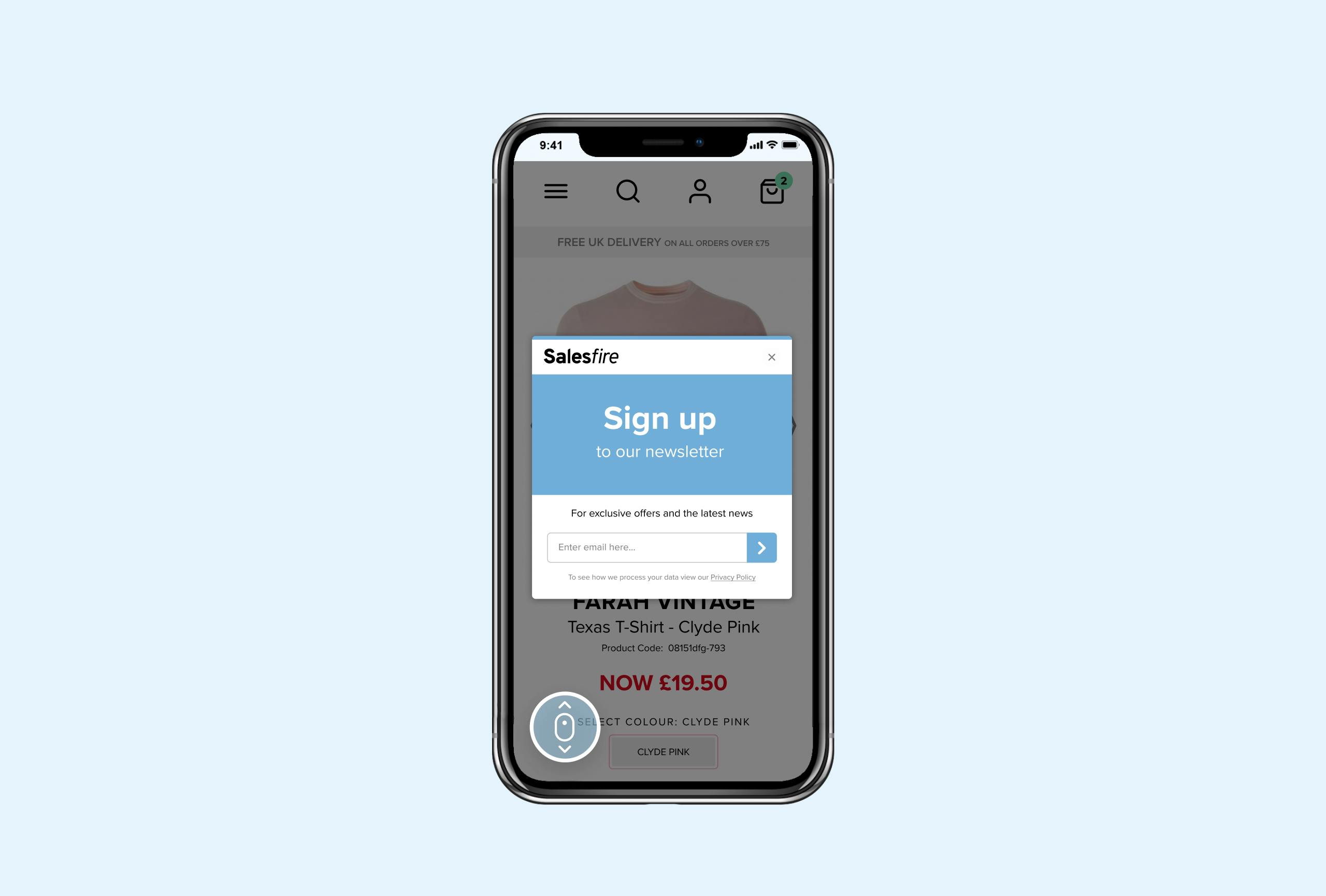
1. Make the most of shoppers higher up the funnel
Not all customers who visit your site are ready to purchase - but that doesn’t mean they’re not valuable to you.
Shoppers higher up the sales funnel who are still in the product discovery stage might be weighing up their options and may not display intent to purchase.
You could use email capture Overlays to encourage these shoppers to sign up for your newsletter, building a high quality, GDPR compliant subscriber list.
From here, you can nurture the customer with a personalised email campaign to give your products and offers exposure and to encourage customers to return to your site.
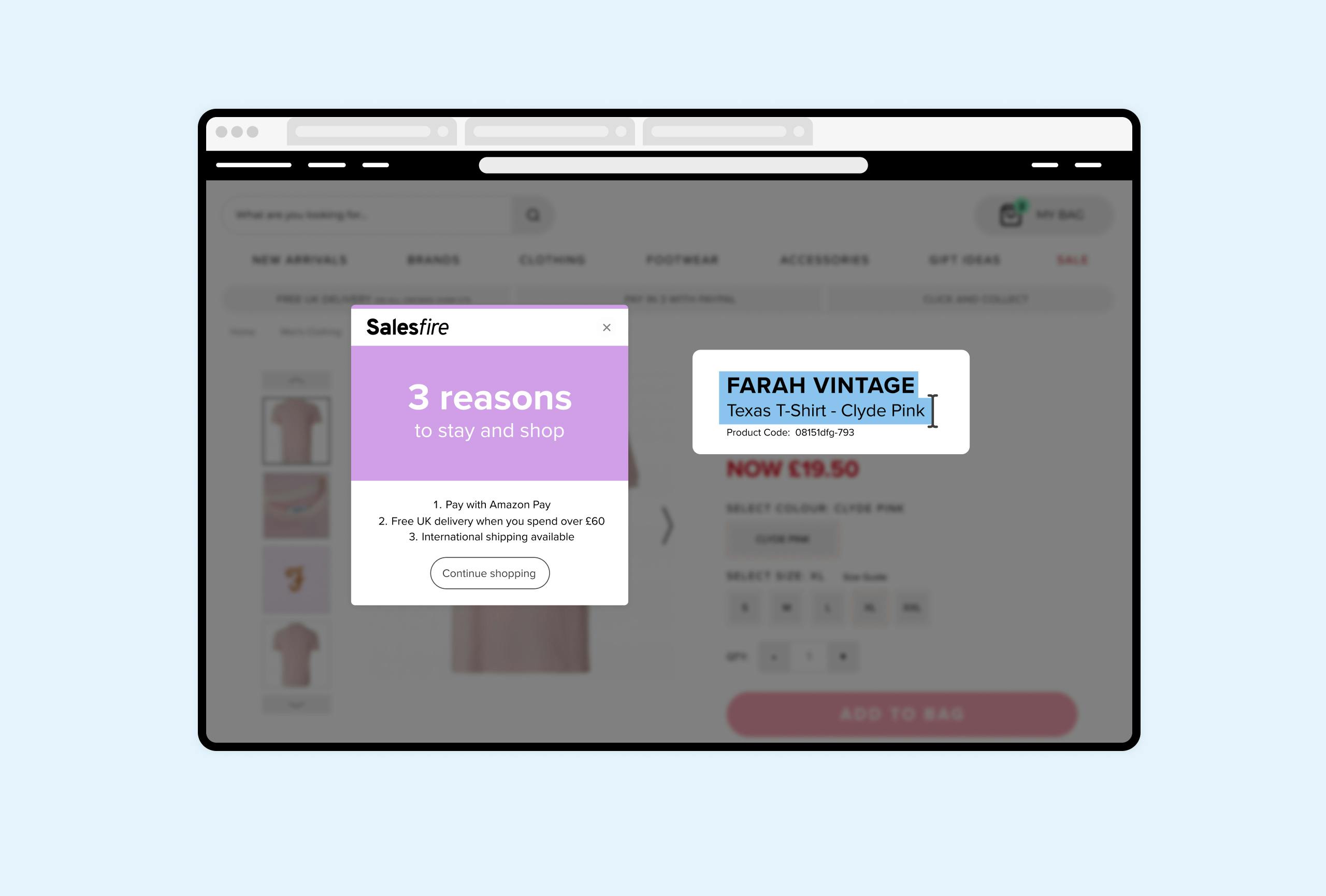
2. Respond to shopping comparison behaviour
28% of people are always comparing prices online, copying and pasting key product information into Google to find the best deal.
This happens in both brick and mortar stores as well as online during the discovery stage, causing revenue loss for businesses.
When a shopper highlights a product title, promote your USP to encourage them to purchase with you.
This will prevent the customer from leaving your site and potentially purchasing from a competitor.

3. Encourage engaged users to build bigger baskets
If your site has a free delivery threshold you can display the value customers need to add to their basket in order to qualify for free delivery.
The incentive of free delivery will work two-fold to seal the deal and increase your AOV.
These messages are often displayed through the use of Prompts or Overlays on-site and often encourage a purchase, with stats from a UPS study showing that 58% of customers were willing to spend more in order to qualify for free delivery.
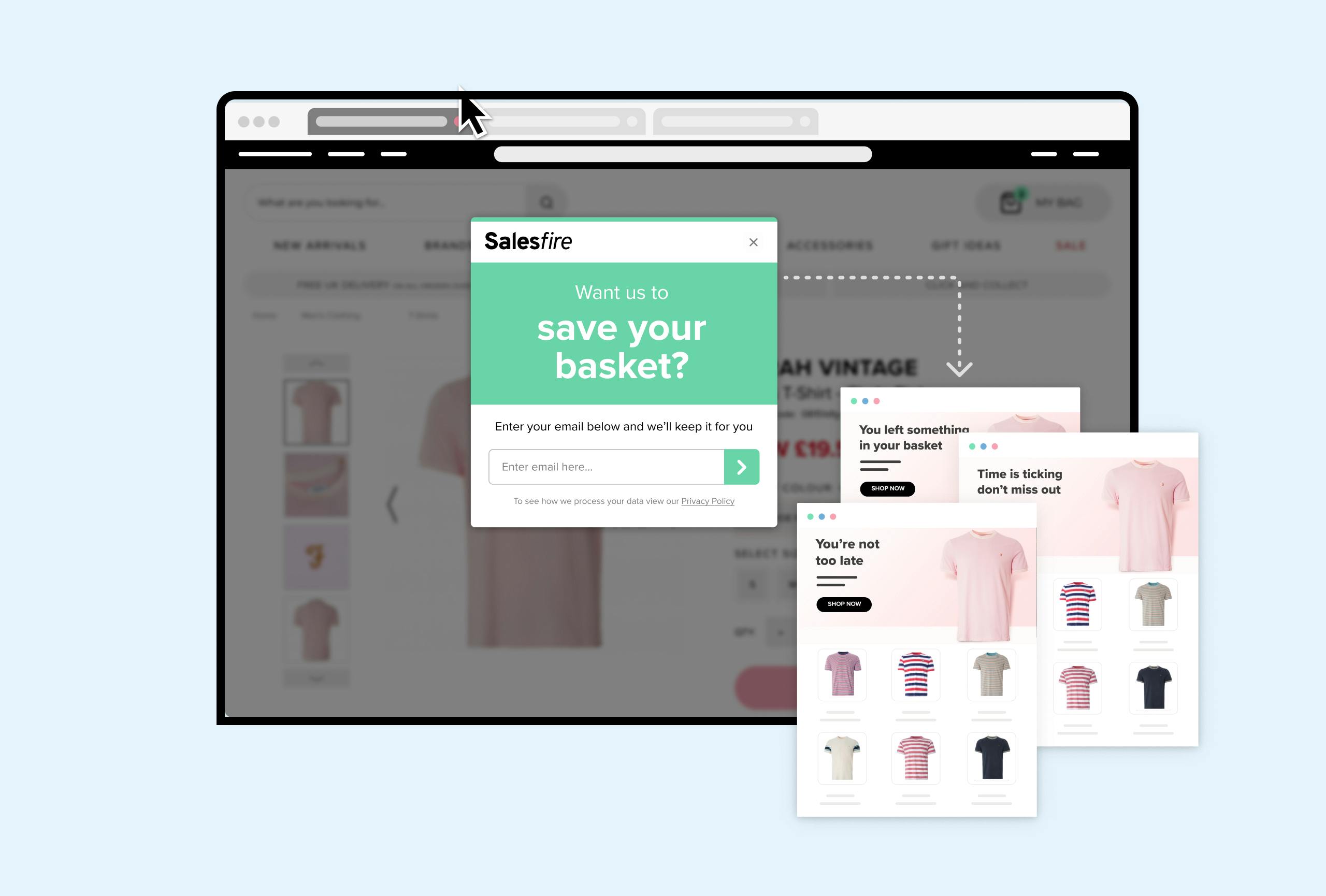
4. Reduce your basket abandonment rate
If a user with items in their basket shows intent to leave, this is the time to offer a discount code.
Delivering an exit-intent overlay at crucial moments in the user journey can be the difference between a conversion or an abandoned basket.
This discount will provide the final incentive shoppers need to commit to an order, reducing basket abandonment and driving sales.
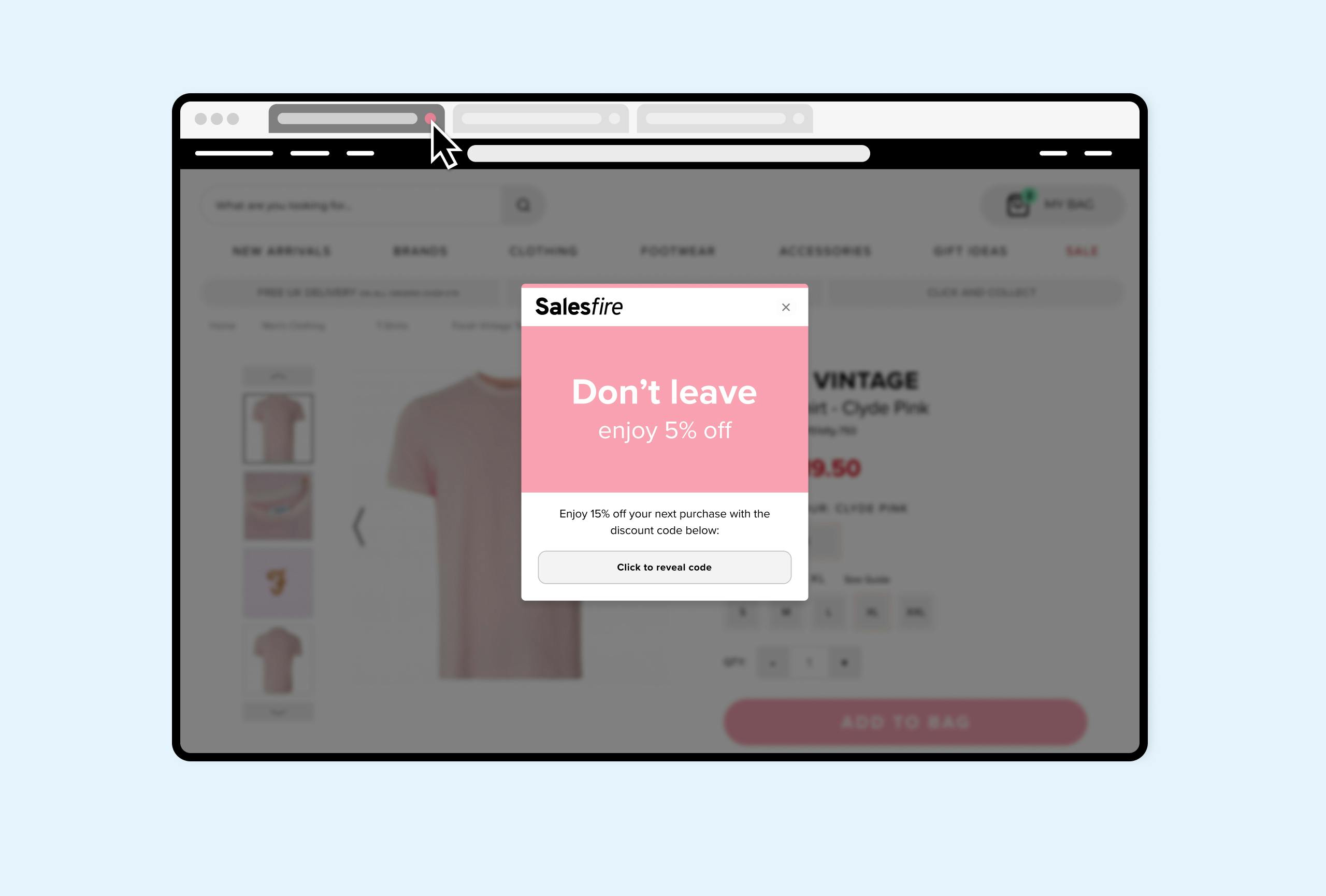
5. Persuade customers to return to their baskets
Email marketing is affordable, easy to share and are great for delivering targeted messaging.
Personalised emails generate higher unique open rates and click rates than non-personalised mailing.
If a customer shows intent to leave, you can prompt these abandoning shoppers to provide their email address in exchange for a basket reminder.
You can then remind the customer to return to your site and complete their purchase with a series of re-engagement emails, securing sales that otherwise would have been lost.
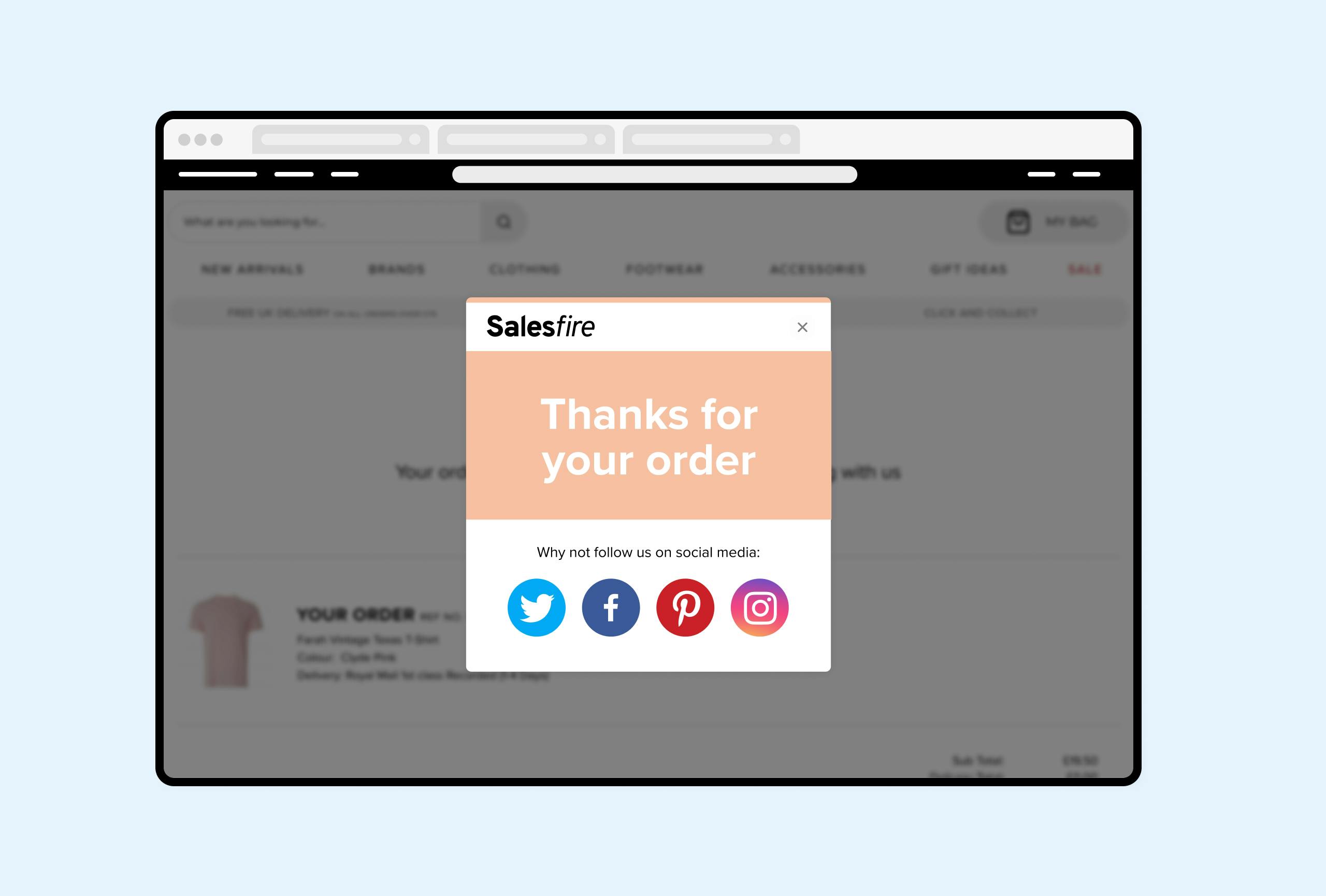
6. Capitalise on the post-purchase feeling
When a customer has purchased from you they’ve not only bought an item but they’ve also bought into your brand.
After a customer has completed your checkout process they’re perfectly positioned to advocate for your brand.
This is a great time to direct users towards your social channels, building a social following of relevant, engaged customers who will be interested in your new products and latest offers.
Plus, providing excellent customer service will likely result in your customers talking about their experience on their own social accounts.
Conclusions
With the right tools, targeted messaging is easy.
There are various options you can choose to deliver personalised messaging that will prove effective in boosting your conversion rate, AOV and revenue.
If you would like more information on how Salesfire’s tools can help you implement a targeted messaging strategy, speak to one of our experts at [email protected] or book a free demo.

